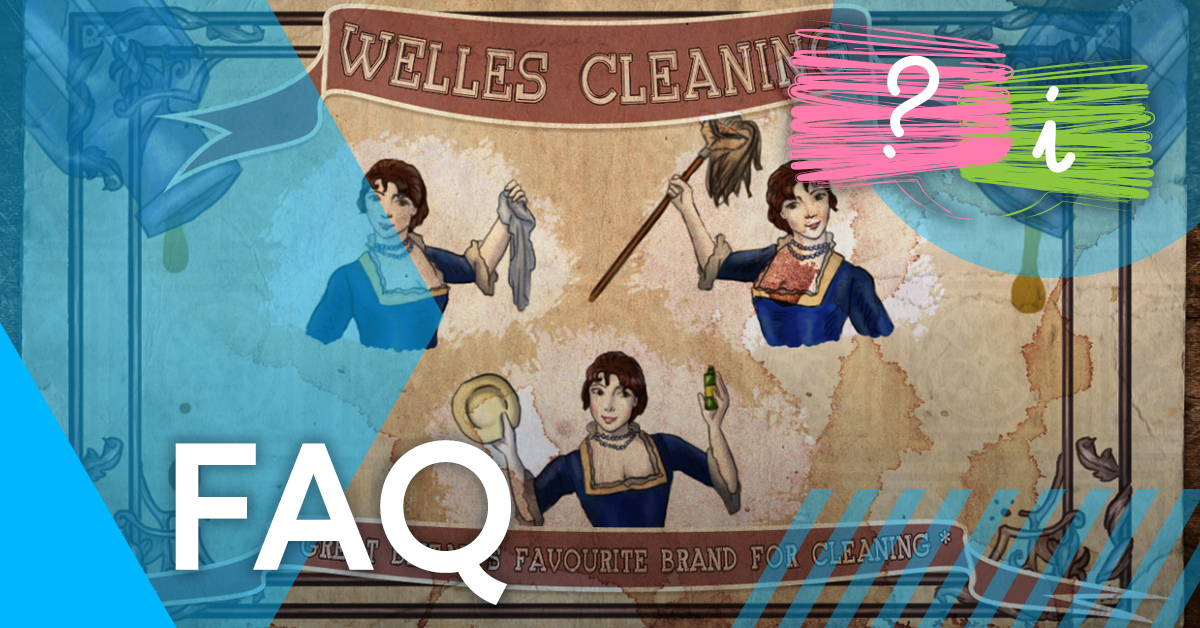A guide to sustainable seafood
Posted 6 years ago

We are a nation of seafood lovers. From delicacies like lobster or caviar to our beloved cod & chips – wherever you are in the country, you’re never far from somewhere you can buy seafood.
In the UK alone, we consume around 486,000 tonnes of seafood each year. That’s an average of 8.2kg per person – a rather substantial amount.
And it isn’t just the UK that is heavily involved with catching and importing seafood. In fact, over a billion people, largely in developing countries, rely on fish as their primary source of animal protein.
But where do all of these fish come from?
Ok, an obvious answer, I know. But despite the fact that over two thirds of the planet’s surface is water, it doesn’t mean our supply of fish is inexhaustible.
In the UK alone, around 6,500 fishing boats catch up to 150 different species of marine life for general consumption – despite the fact that most people in the UK only eat five kinds of fish.
Now, we aren’t suggesting that we should cut fish out of our diets entirely, but perhaps we should consider the impact our eating habits have on marine life.
Thankfully for us, our charity partner MCS has developed a Good Fish Guide, which evaluates over 150 species of caught-at-sea and farmed fish to determine whether they come from a sustainable source.
The Marine Conservation society state:
“The future of the fish supper is no longer guaranteed. Many fish stocks are in a state of serious decline, with overfishing a great threat to marine wildlife and habitats. With 90% of world fish stocks fully or over-exploited from fishing, plus pressure from climate change and pollution, we’re moving into dangerous waters when it comes to the fish of the future”.

Jack Rosier
Content Executive
Related articles



Opt-in to our newsletter
Receive industry news & offers